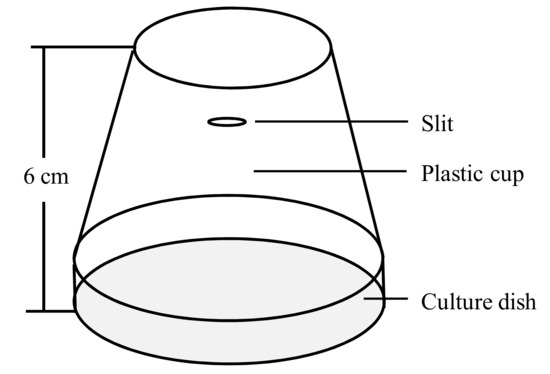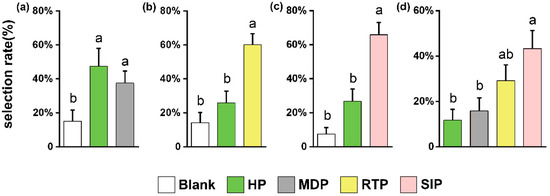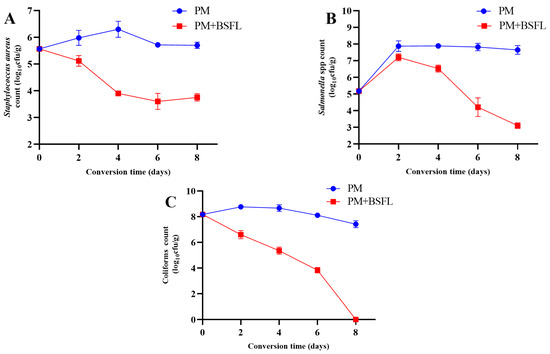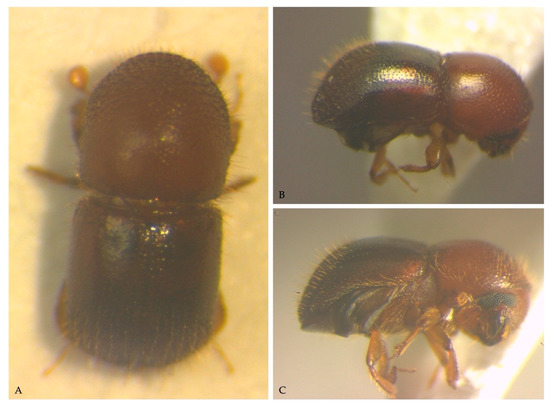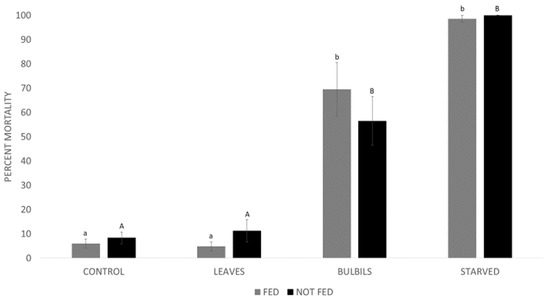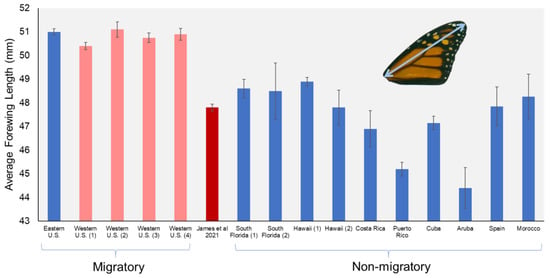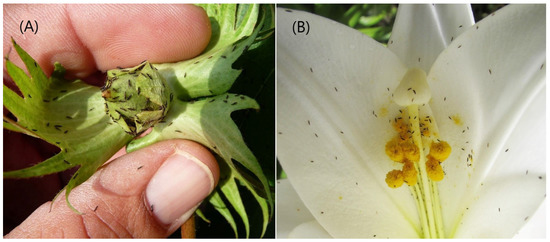Insects 2022, 13(1), 75; https://doi.org/10.3390/insects13010075 - 10 Jan 2022
Cited by 3 | Viewed by 2939
Abstract
Aizoaceae (Caryophyllales) constitute one of the major floral components of the unique Greater Cape Floristic Region (GCFR), with more than 1700 species and 70% endemism. Within succulent Aizoaceae, the subfamily Ruschioideae is the most speciose and rapidly diversifying clade, offering potential niches for
[...] Read more.
Aizoaceae (Caryophyllales) constitute one of the major floral components of the unique Greater Cape Floristic Region (GCFR), with more than 1700 species and 70% endemism. Within succulent Aizoaceae, the subfamily Ruschioideae is the most speciose and rapidly diversifying clade, offering potential niches for the diversification of specialized herbivorous insects. Nevertheless, insect diversity on these plants has not been studied to date, and knowledge of gall-inducing insects in the Afrotropics is generally scarce. Our recent observations indicate that succulent Aizoaceae in the GCFR support a rich and largely unstudied community of gall midges (Diptera: Cecidomyiidae). Here, we provide a first report of their diversity with a description of a new genus, Ruschiola Dorchin, and ten new species, based on morphological and molecular analyses of material collected during a three-year targeted survey across major GCFR vegetation types. A high degree of morphological uniformity in Ruschiola suggests recent diversification and necessitated the use of molecular data and laboratory rearing from host plants to verify species boundaries and host ranges.
Full article
(This article belongs to the Section Insect Systematics, Phylogeny and Evolution)
►
Show Figures

